Tips & Tricks for Doing GAPS with Kids
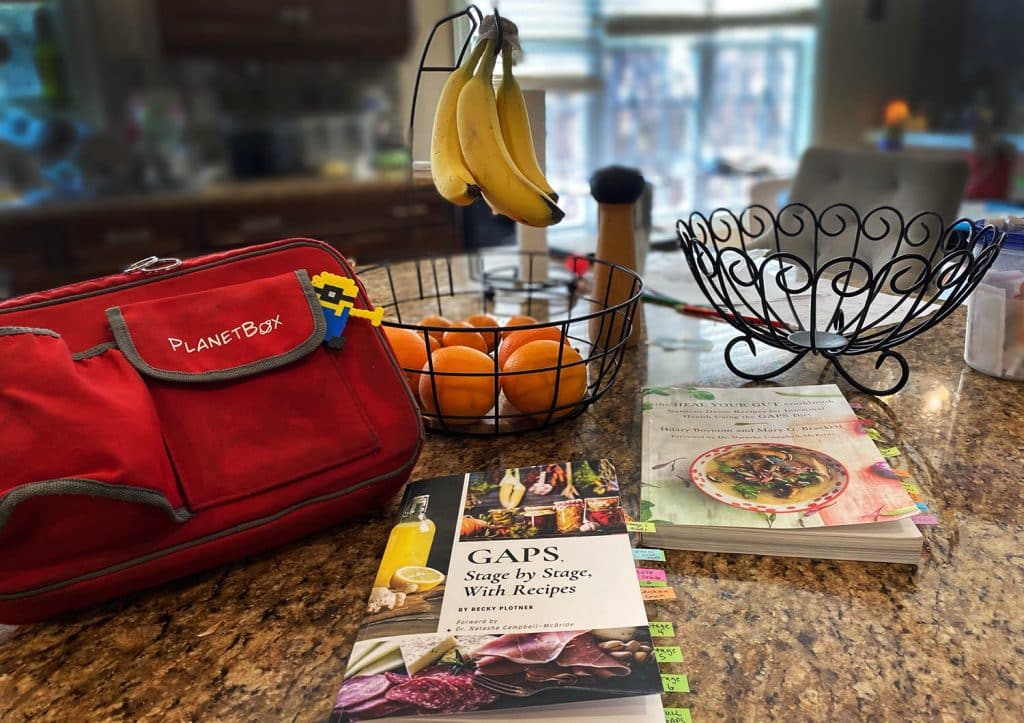
My family decided to embark on a healthier eating journey starting January 1. We committed to healthy homemade dinners every single night, no fast food at all and very minimal eating out. The style of eating we decided on is called the GAPS diet, a gut healing nutritional protocol designed by Dr. Natasha Campbell-McBride. Keep reading for some tips and tricks that helped us get the most out of our GAPS diet experience.
Simple Larabar Inspired Date Bars Using Soaked Nuts
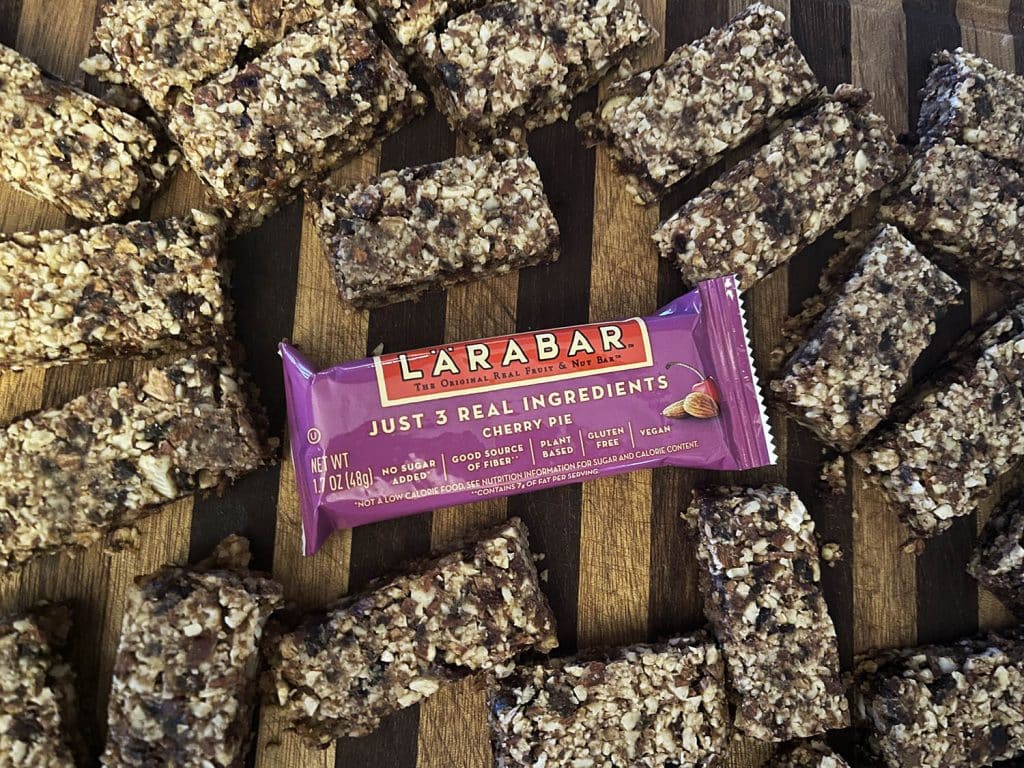
Larabars are many a GAPS dieter’s go-to on-the-go snack for a reason. They’re simply made with just a few real-food ingredients. As far as a healthy snack goes, they’re *almost* perfect. I have only a few quibbles…
Preparing for GAPS
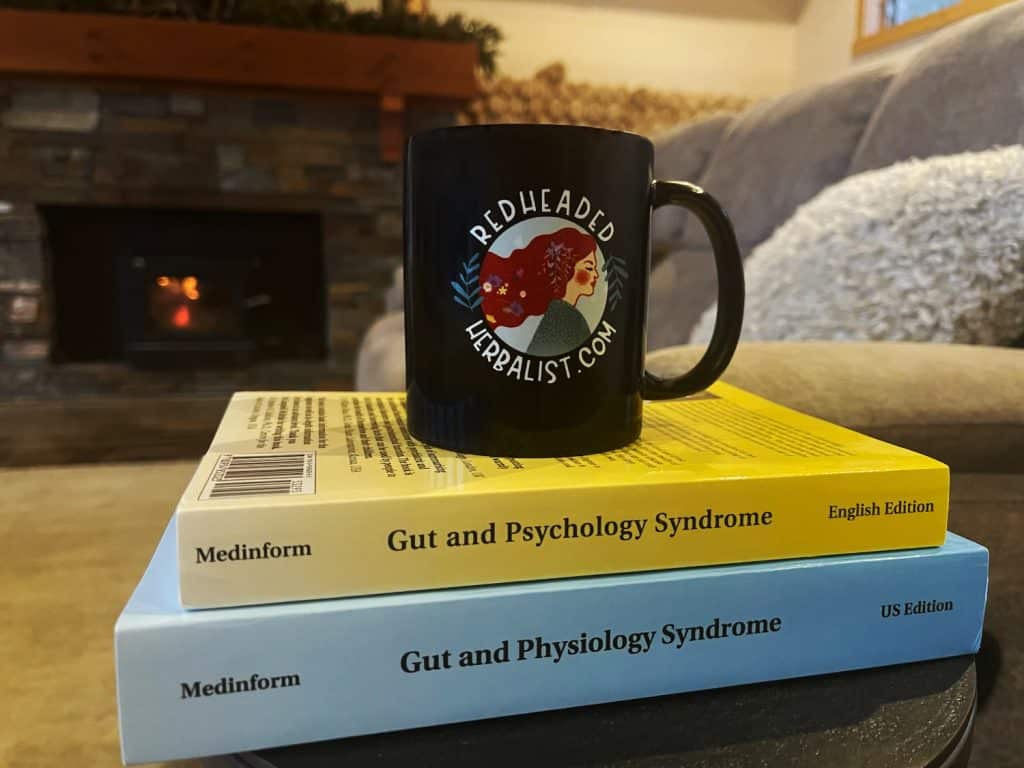
There’s no sugarcoating it; GAPS can be pretty darn time consuming and it’s a lot of pressure on the primary preparer of food.
Getting organized and planning and preparing meals and snacks in advance will save your sanity and help you to anticipate pitfalls and temptations that could derail your progress.
Let’s Talk About GAPS

Hippocrates famously stated that “All Disease Begins in The Gut.” Dr. Campbell-McBride would agree! As turns out, the health of your gut determines just about everything else.
GAPS stands for ‘Gut & Psychology Syndrome’ or ‘Gut & Physiology Syndrome’. The basic premise behind the GAPS protocol is that gut health is closely linked to overall health and that improving gut health can help improve all sorts of conditions ranging from allergies to autism, dyslexia to autoimmune disorders (and ALL chronic diseases have an autoimmune component).
The Health Benefits of Soaking Nuts & Seeds
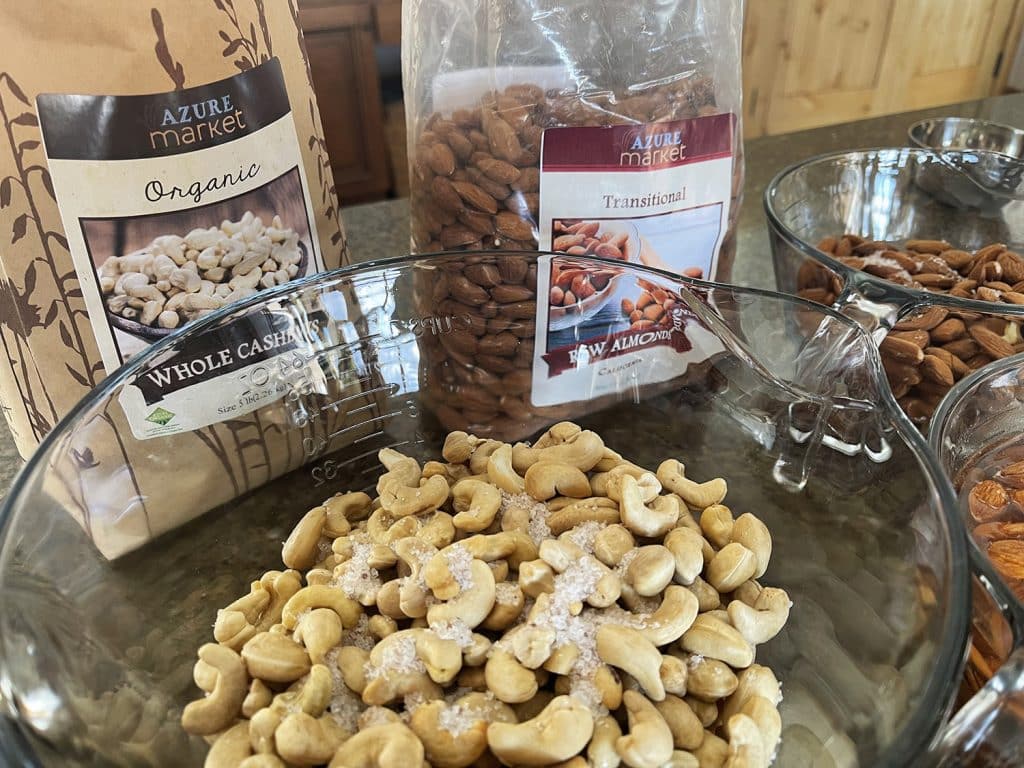
Nuts are one food that almost everyone agrees on. Whether you’re on a vegetarian, vegan, low carb/keto, Mediterranean, paleo, Weston Price traditional foodie or just trying to focus more on *real* whole foods — you probably consider nuts to be a healthy snack and a great source of good fats, fiber, vitamins and minerals.
Unfortunately, you may not be getting the full benefits if the nuts/seeds are not prepared properly. Before our fast-food culture caught on, traditional cultures all over the world considered soaking, sprouting, fermenting and ‘activating’ a non-negotiable part of preparing grains, legumes, nuts and seeds.
Water Kefir Basics
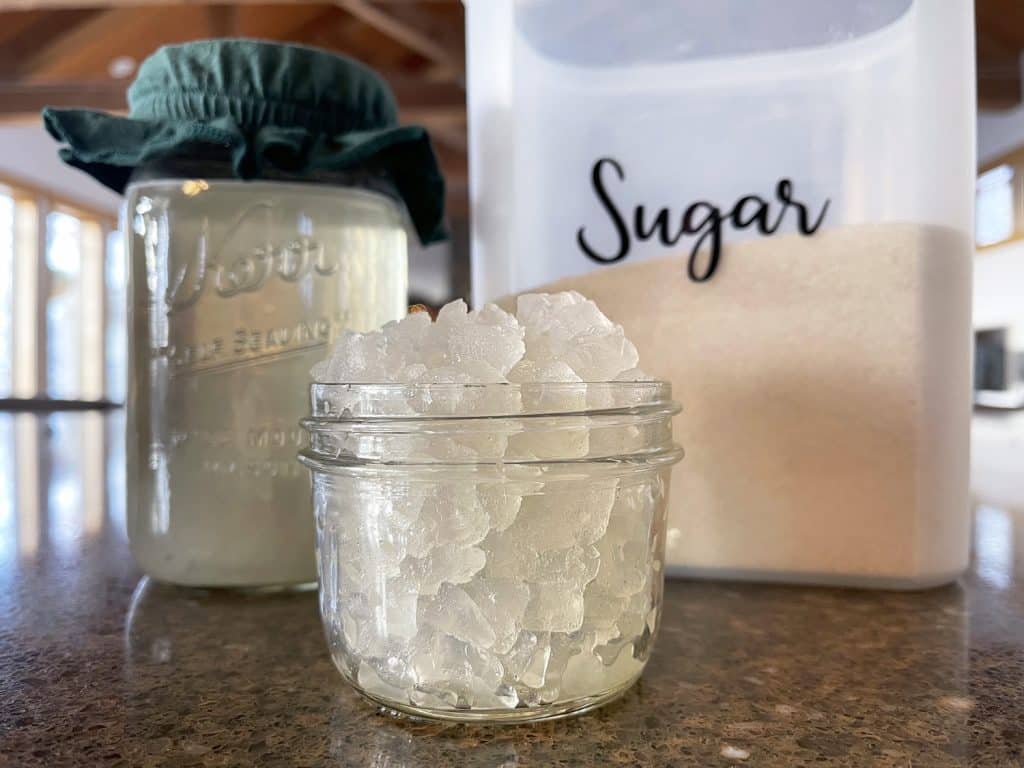
Inspired by the Wise Traditions conference we attended in October, I have recommitted myself to serving one fermented food (or beverage) with every meal.
One of our favorite (and easiest) ways to get real-food probiotics is with water kefir — a probiotic-rich beverage that is made by fermenting sugar water with a symbiotic culture of bacteria and yeast.
Quick Fermented Garlicky Beets
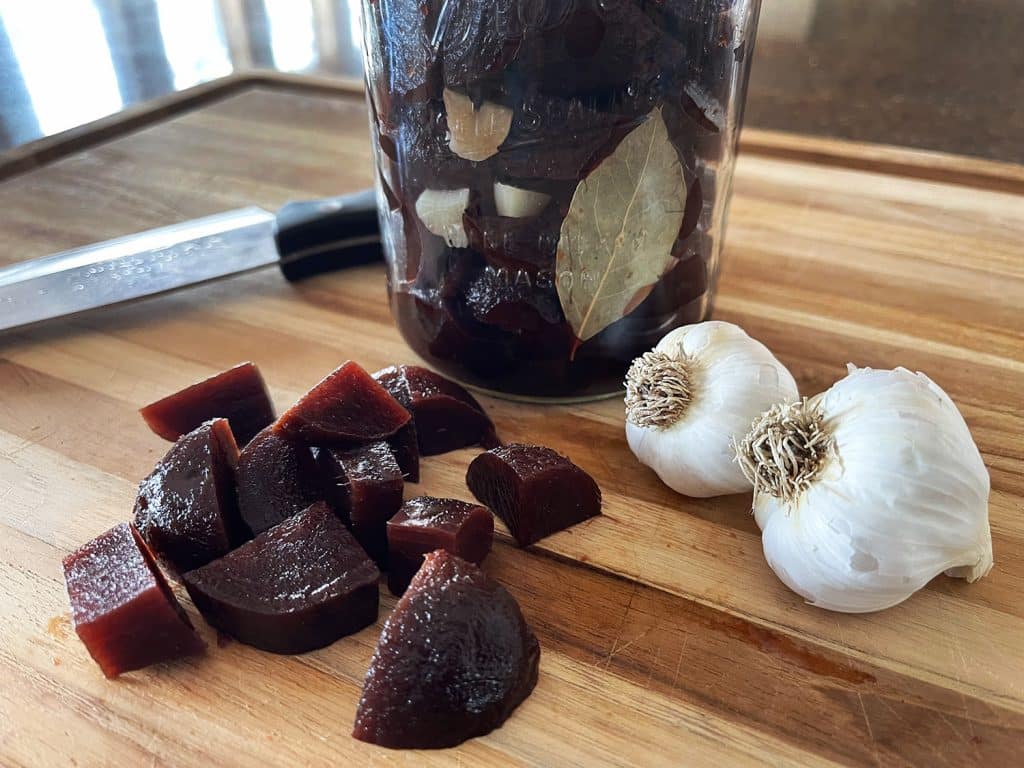
In addition to the standard perks of transforming a vegetable into a probiotic food rich in beneficial microbes, fermenting beets also reduces oxalates, which improves the bioavailability of minerals. It also preserves the beet’s vitamins C and reduces its sugar content as the lactic acid bacteria consumes beet sugar during the fermentation process.
Fermenting stabilizes and preserves the precious betalains we talked about earlier. Studies suggest that lacto-fermentation can preserve betalain levels for up to a month with no degradation.
Wise Traditions & Homemade Sauerkraut
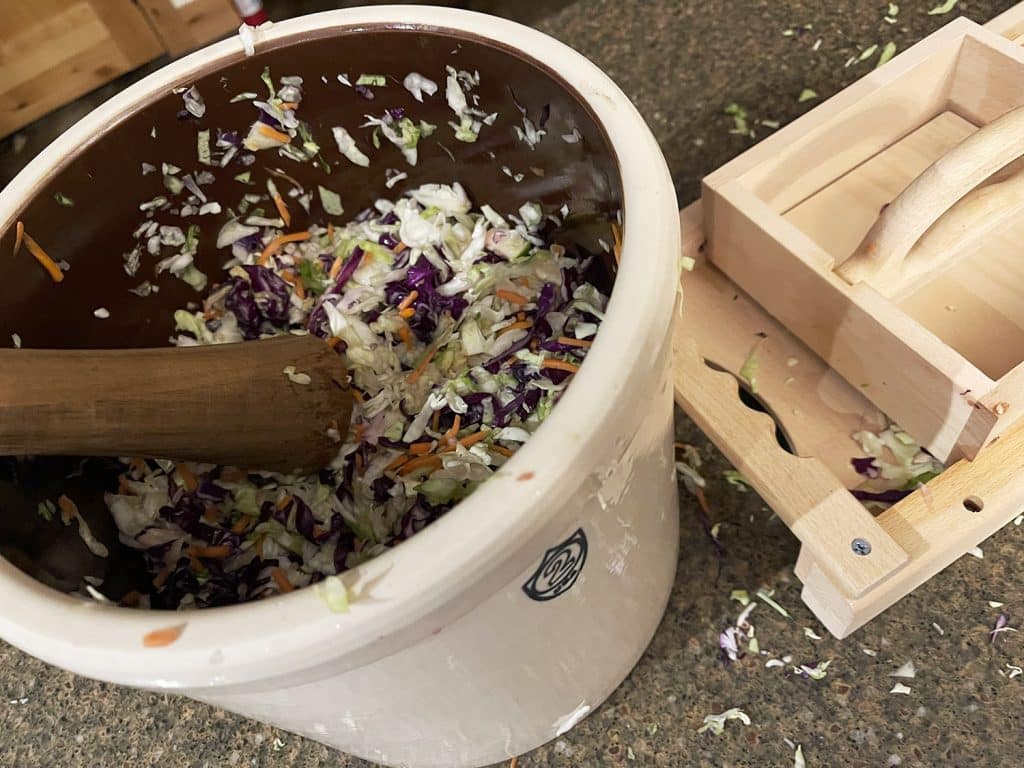
Diet plays a vital role in the composition of our gut’s microbiota terrain and, consequently, shapes the immune system. Consuming fermented foods such as sauerkraut naturally supports microbiome diversity, which not only helps to maintain proper digestive function and a healthy metabolism, it directly affects our health and mood.
Mineral Enriched Tallow Deodorant (That Works)
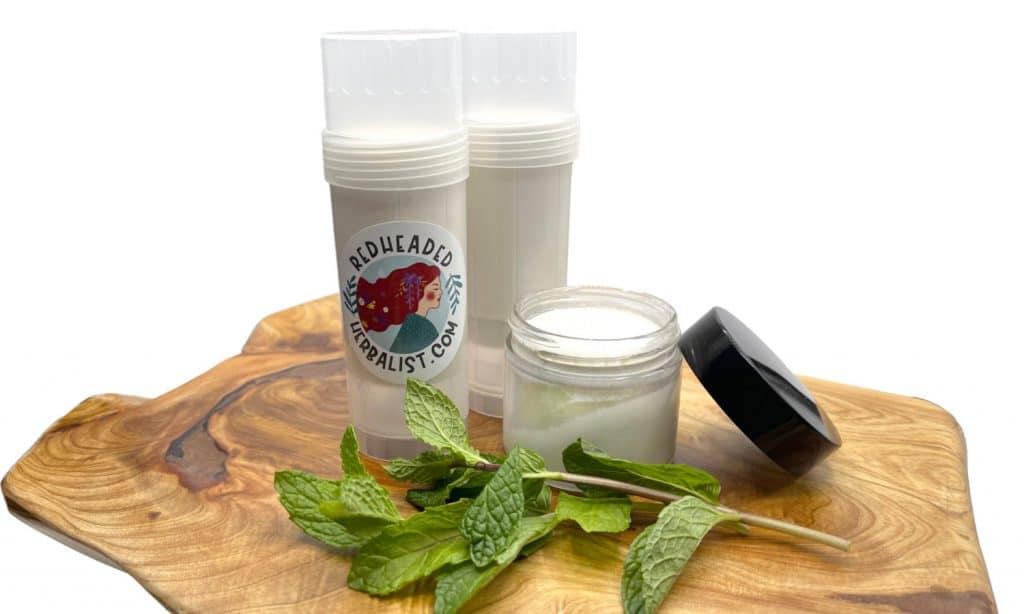
Over the years, I’ve also tried many (so, so many) recipes for homemade deodorants, including Milk of Magnesia, magnesium oil sprays and even Desitin with varying degrees of mediocre success. They just didn’t work for me, and I always gave up and reluctantly went crawling back to my commercial antiperspirant… until the injustice of being forced to use a toxic product made me angry enough to try again. Rinse and repeat.
So why worry so much about finding a quote-unquote “natural” hippy-dippy deodorant?
Processing Pine Pitch for Use in Personal Care & Health Products
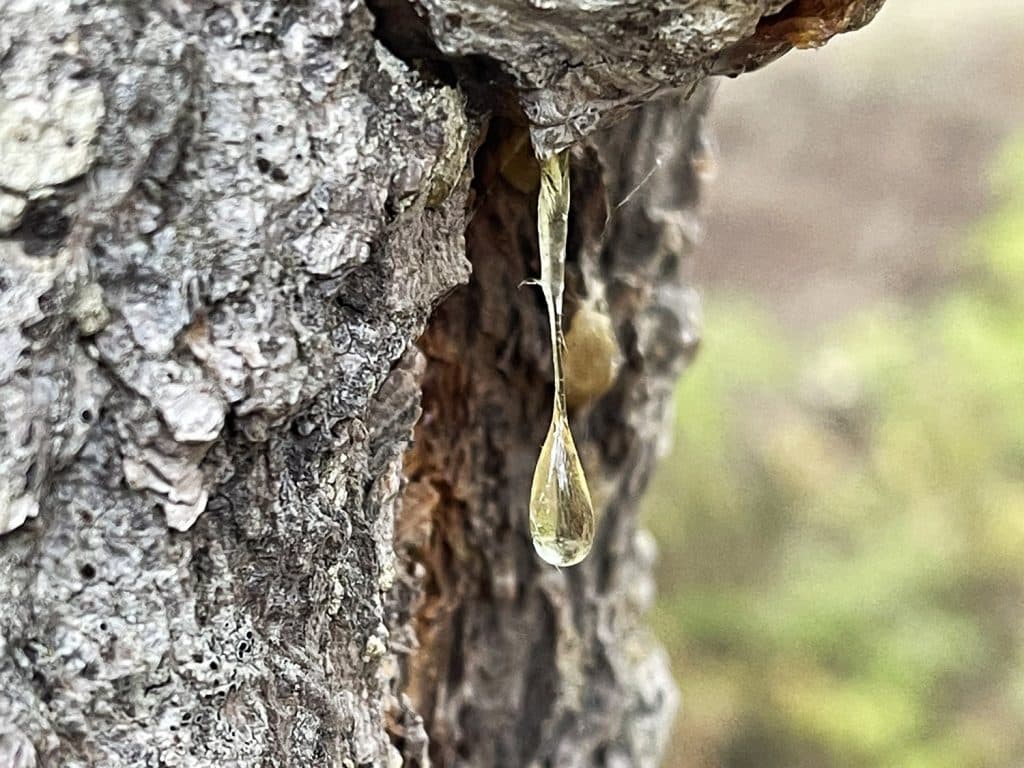
One of my favorite things I learned this year in my herbal apprenticeship with Cedar Mountain Herb School was how to harvest and use pine (Pinus spp.) resin — aka pine pitch — from the abundant conifers we have growing all around us in North Idaho.
Pine pitch is stimulating, antiseptic and anti-inflammatory and is well suited to all sorts of topical applications. It speeds the healing of inflammatory skin irritations, rashes, burns and wounds. It also has astringent properties that make it useful for drawing out splinters.

